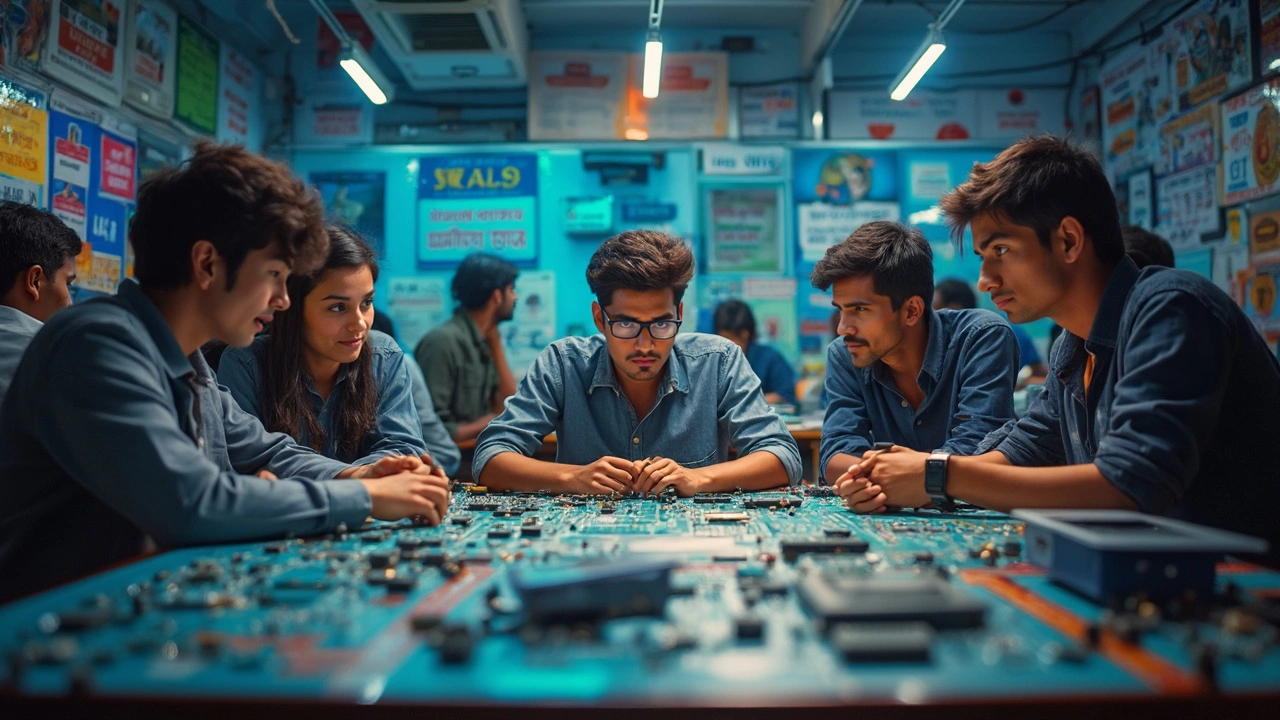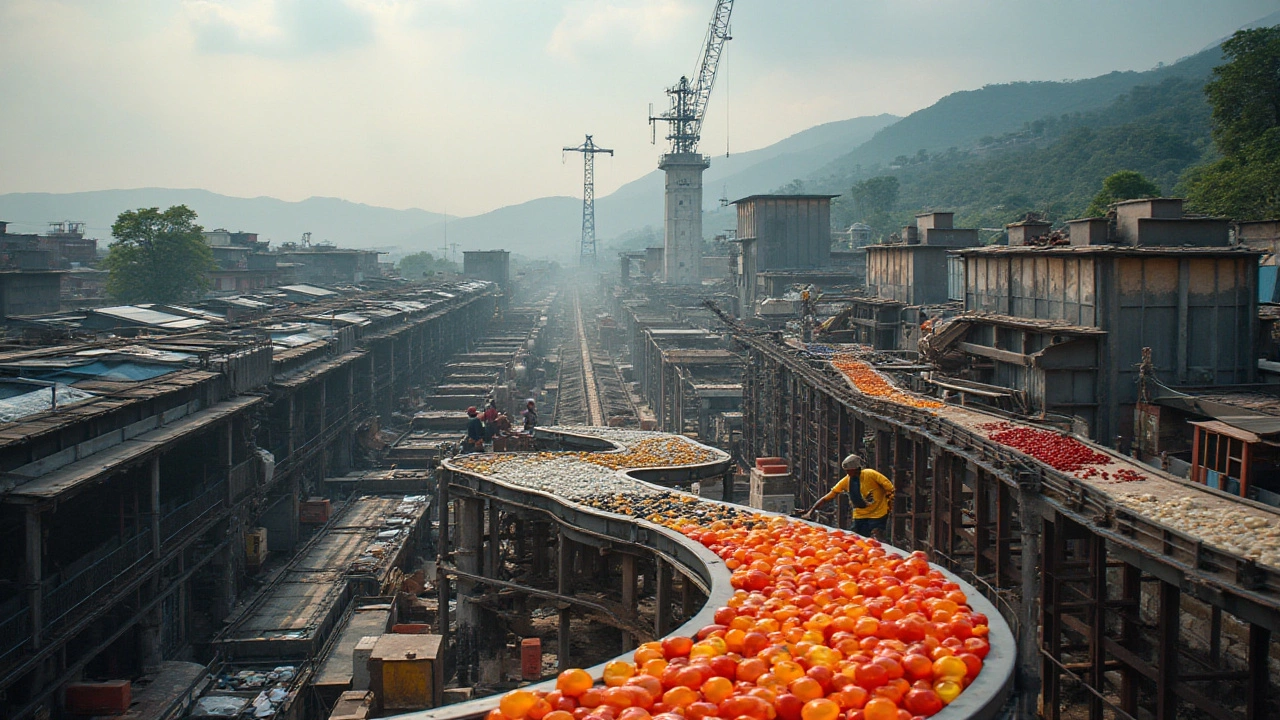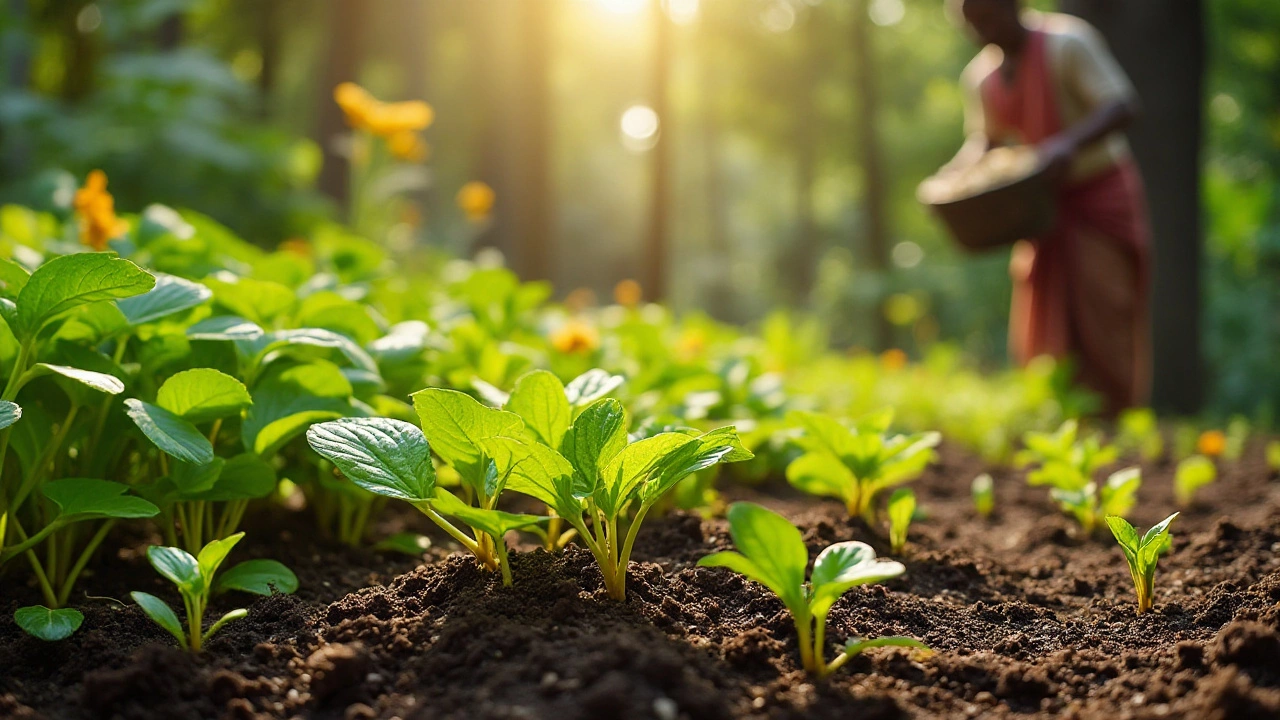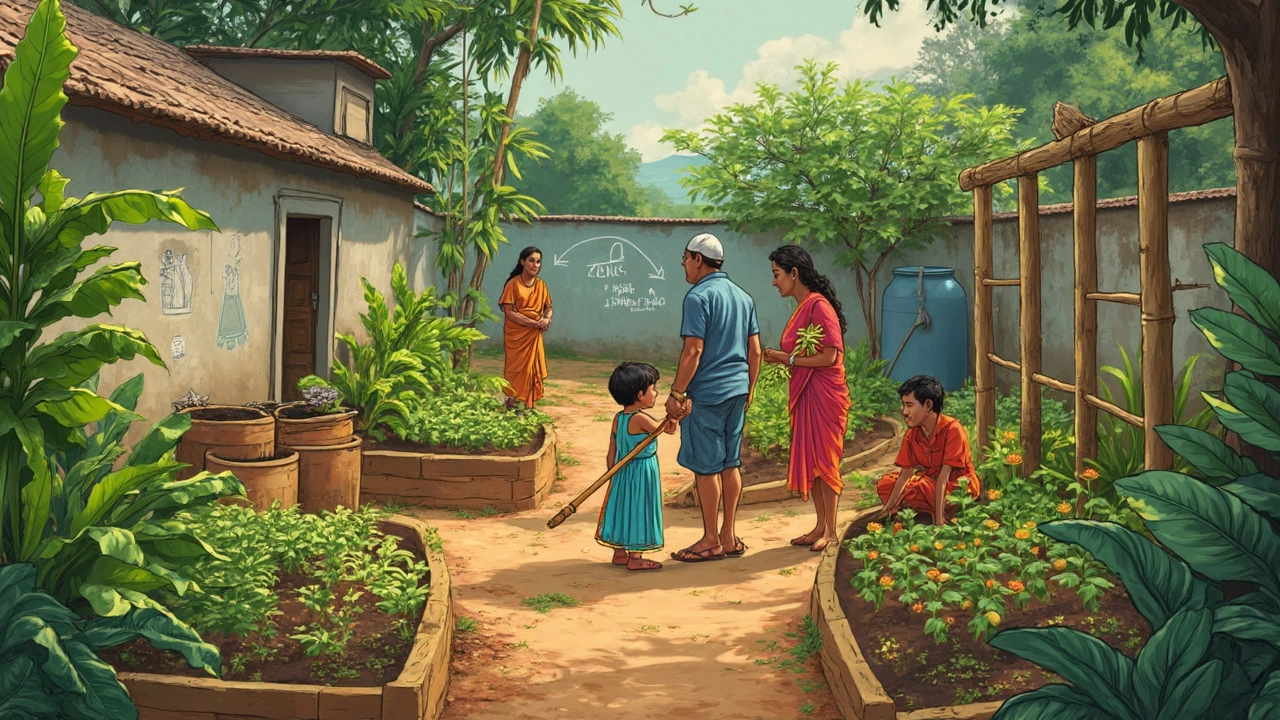Manufacturing Industry Overview
When working with manufacturing industry, the network of companies that turn raw materials into finished goods. Also known as industrial manufacturing, it drives economic growth, creates jobs, and fuels innovation across many sectors, you quickly see how it ties together a bunch of other fields. For example, plastic manufacturing, the process of converting polymers into everyday items like bottles, films, and auto parts is a major subsector that depends on cheap, reliable feedstock and strict quality control. Likewise, steel production, the transformation of iron ore into strong alloys used in construction, automotive, and machinery feeds the backbone of heavy‑industry projects. Both of these sub‑industries require skilled labor, advanced equipment, and compliance with environmental standards, which means the overall manufacturing industry constantly needs new talent and tighter regulations to stay competitive.
Another pillar you’ll encounter is the textile industry, a sector that processes natural and synthetic fibers into fabrics for clothing, home décor, and technical applications. In India, this part of manufacturing blends traditional hand‑loom techniques with modern automation, creating jobs for artisans while feeding global fashion brands. Parallel to that, the pharmaceutical manufacturing, the production of medicines and vaccines from chemical compounds and biologics has surged thanks to rising health awareness and export demand. Both textiles and pharma illustrate how the manufacturing industry adapts to consumer trends, regulatory changes, and technological breakthroughs. Moreover, the rise of high‑paying factory jobs – from process operators to industrial electricians – shows that the sector isn’t just about machines; it’s about people who keep the lines running, troubleshoot failures, and innovate on the shop floor.
Why This Collection Matters
What ties all these pieces together is a common thread: the manufacturing industry is a living ecosystem where raw material conversion, skilled labor, and market demand intersect. By understanding how plastic manufacturing, steel production, textile work, and pharmaceutical processes feed into one another, you get a clearer picture of where opportunities lie – whether you’re eyeing a career switch, scouting investment ideas, or simply curious about India’s economic engine. Below, you’ll find a hand‑picked set of articles that dive deeper into each of these areas, unpack the latest trends, and give you actionable takeaways you can use right away.
Best Country for Electronics Manufacturing: Spotlight on India
Diving into the world of electronics manufacturing raises the big question—where's the best place to make all those gadgets? India stands tall in this arena, boasting some impressive advantages. From a tech-savvy workforce to government boosts, India's got a lot going for it. Whether you're a startup or a big-name company, understanding why India might be your go-to spot could be a game-changer.
Top Buyers of Plastic in the Manufacturing Industry
Plastic is ubiquitous, comprising items we use every day. The largest buyers of plastic are frequently industrial giants spanning various sectors, driving demand across the globe. Recognizing these key buyers provides insight into market trends and sustainability challenges. The article explores who these buyers are and their impact on economic and environmental scales, offering a deeper understanding of the manufacturing ecosystem.
- manufacturing
- India
- food processing
- garden tips
- rice cultivation
- government schemes
- balcony garden
- urban gardening
- balcony gardening
- profitable business
- business ideas
- plastic manufacturing
- drip irrigation
- plant care
- steel manufacturing
- sustainable gardening
- startup ideas
- steel industry
- flower gardening
- textile manufacturers







